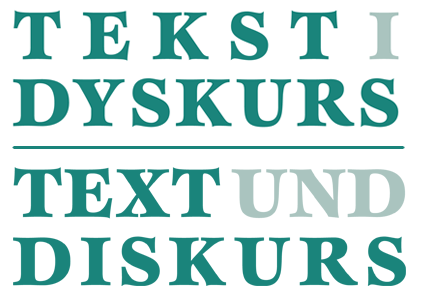Lingwistyka kulturowa i kulturoznawcza. Od Humboldta do dyskursu
Cultural Linguistics: From Humboldt to Discourse
Author(s): Holger KußeSubject(s): Theoretical Linguistics, Applied Linguistics
Published by: Instytut Germanistyki Uniwersytetu Warszawskiego
Keywords: cultural linguistics; discourse; discourse-sensitive linguistics; Humboldt and Humboldtianism; varieties; Russian
Summary/Abstract: The combination of linguistics and cultural analysis leads back to Wilhelm von Humboldt’s concept of linguistic worldview. In it, a direct connection between thinking and speaking (in a particular ethnic or national language) is presupposed, thus implying the influence of languages on cultures. In contrast to this postulate of the unity of languages and cultures, discourse-sensitive linguistics shows the diversity of varieties within ethno- or national-language-demarcated cultures. Linguistics in cultural studies thus escapes the danger of hypostasis of languages and cultures and methodologically becomes an integrative linguistics in which systemic, pragma- and sociolinguistic methods can be incorporated. Discourse-sensitive cultural linguistics analyzes cultures according to thematic and, above all, institutional discourses (of politics, religion, law, economics, science, etc.) and examines language use down to the level of individual utterances and their linguistic microstructures within the framework of these discursive macro levels. Another type is perlocutionary discourses which almost exclusively aim at the effect of communicative actions: advertising, propaganda, scandalous discourses etc. Discourse types are shown by Russian examples, especially the Russian national hymn, the provocative performances of the group Pussy Riot as an example of scandalous discourses, and state patriotic education as an example of propaganda discourses.
Journal: tekst i dyskurs – text und diskurs
- Issue Year: 2020
- Issue No: 13
- Page Range: 149-173
- Page Count: 24
- Language: Polish

